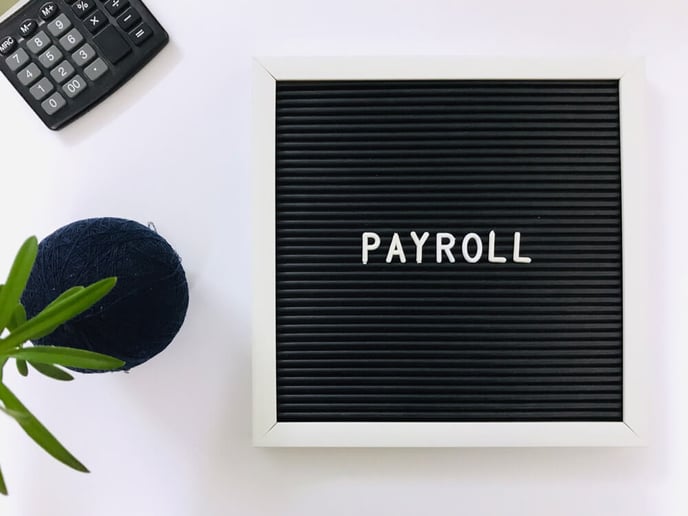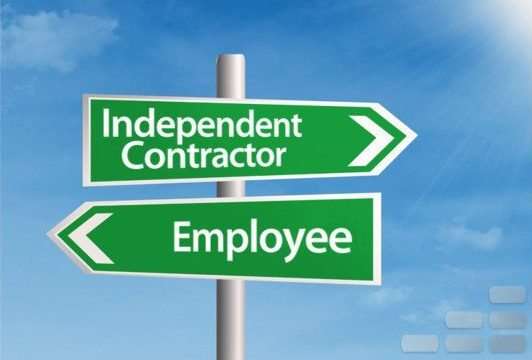2023 Update: Paid Family and Domestic Violence Leave (FDVL)
Contents
Paid Family and Domestic Violence Leave (FDVL) law has come into effect as of 1st February 2023. Read this article to learn more about the new law, what rules employers need to do to adhere to and how this will impact payroll.
This article below is merely information for you to learn more about Paid Family and Domestic Violence Leave (FDVL) and is not to be taken as legal advice for your business. Please speak to your payroll consultants or lawyers for professional legal advice.
What is family and domestic violence?
Family and domestic violence mean violent, threatening or other abusive behaviour by an employee's close relative, a current or former intimate partner, or a member of their household that both:
- Seeks to coerce or control the employee
- Causes them harm or fear.
When does it start? The leave will be available from:
- 1 February 2023, for employees of most employers
- 1 August 2023, for employees of small business employers (employers with less than 15 employees on 1 February 2023)
Who is included:
- All employees in the Fair Work system
- This may over-ride your existing company policy
Key points
- Full-time, part-time and casual employees will be able to access 10 days of paid family and domestic violence leave in a 12-month period. It won’t be pro-rated for part-time or casual employees.
- The full 10-day leave entitlement will be available upfront. It won’t accumulate from year to year if it’s not used.
- It is “granted and renewed”.

How the leave renews
The leave renews every year on each employee's work anniversary. It doesn’t accumulate from year to year if it isn’t used.
Employees who are already employed when the paid leave entitlement starts in their workplace can access the full 10 days on the relevant start date. The leave then renews on the anniversary of when they started working for that employer (not on the anniversary of the relevant start date).
Example: Employee starts work before the paid leave entitlement comes into effect
Marg started work with her employer on 19 December 2020.
- Marg is entitled to the full 10 days from 1 February 2023.
- Her leave balance will renew each year on her work anniversary (19 December).
Example: Employee starts work after the paid leave entitlement comes into effect
- Gina starts work on 18 September 2023.
- On this date, Gina can access 10 days of paid family and domestic violence leave.
- Gina's entitlement will renew on 18 September each year.

When can you take the leave?
Employees (including part-time and casual employees) can take paid family and domestic violence leave if they need to do something to deal with the impact of family and domestic violence and it’s not practical for them to do so during their work hours.
This could include, for example, the employee:
- Making arrangements for their safety, or the safety of a close relative (including relocation)
- Attending court hearings
- Accessing police services
- Attending counselling
- Attending appointments with medical, financial or legal professionals.
An employer can ask their employee for evidence that shows the employee took the
leave to deal with family and domestic violence.
The evidence has to convince a reasonable person that the employee took the leave to
deal with the impact of family and domestic violence.
Types of evidence can include:
- Documents issued by the police service
- Documents issued by a court
- Family violence support service documents, or
- A statutory declaration.
Employers can ask employees to provide evidence for as little as 1 day or less off work.
Payment for leave
Full-time and part-time employees can take paid family and domestic violence leave at their full pay rate for the hours they would have worked if they weren't on leave.
Casual employees will be paid at their full pay rate for the hours they were rostered to work in the period they took leave.
An employee's full pay rate is their base rate plus any:
- Incentive-based payments and bonuses
- Loadings
- Monetary allowances
- Overtime or penalty rates
- Any other separately identifiable amounts.
Example: Jane needs to take 1 day of Paid Family and Domestic Violence Leave (FDVL)
On that day she is rostered to work:
- 7.6 hours afternoon shift in the freezer
- 1 hour of overtime
Jane needs to be paid:
- 7.6 ordinary hours
- Afternoon shift penalty
- Overtime
- Cold work allowance

Taking and paying FDVL is confidential
This is to reduce the risk to an employee’s safety when accessing paid family and domestic violence leave. Pay slips must not mention paid family and domestic violence leave, including any leave taken and leave balances.
How to report on pay slip and STP2?
From 4 February 2023, an amount paid to an employee for taking paid family and
domestic violence leave has to be recorded on a pay slip as:
- Ordinary hours of work, or
- Another kind of payment for performing work, such as an allowance, bonus or
overtime payment.
|
Pay Item |
STP2 |
| 7.6 hours ordinary | GROSS |
| Afternoon penalty | GROSS |
| Overtime | OVERTIME |
| Cold work allowance | TASK ALLOWANCE (KN) |
Record this on their pay slip in a way that makes the pay slip look as close as possible to how it would have looked if the employee had not taken the leave.
Until 4 June 2023, a period of paid family and domestic violence leave can be recorded on a pay slip as an amount paid for taking another type of leave (for example, other leave).
This grace period is intended to give employers time to update payroll systems.
If an employee requests it, their employer can record time taken as paid family and domestic
violence leave as another type of leave on their pay slip (for example, annual leave).
Payroll software considerations
Employees are entitled to 10 days
- 10 days is not 76 hours
- A day is now a variable
– It might be 3 hours for a casual
– It might be 6 hours for a part-timer
– It might be 10 hours ordinary, plus 2 hours of overtime
– Every day will look different! - Never show that the employee has taken FDVL
- FDVL balance should not be shown on the employee’s payslip (or ESS). How to apply? HR
- Pay and report the same amount that they would receive if they continued working
- FDVL should be set up for PAYG, Super, Leave accruals and Payroll Tax
- All new employees now receive the updated Fair Work Information Statement
- If an employee is on personal/annual leave, it can be converted to FDVL
- Is your existing policy compliant with the new rules (especially full rate of pay rules)
With thanks to The Association for Payroll Specialists (TAPS), established in 1990 is Australia's original Association representing the payroll industry. As the voice of the payroll community, they represent over 8,500 payroll professionals and businesses including every sector of the economy, from small and medium-sized enterprises to major corporations and government departments.
All information in this article is of a general nature only and is not intended to be relied upon as, nor to be a substitute for, specific legal professional advice. No responsibility for the loss occasioned to any person acting on or refraining from action as a result of any material published can be accepted.



